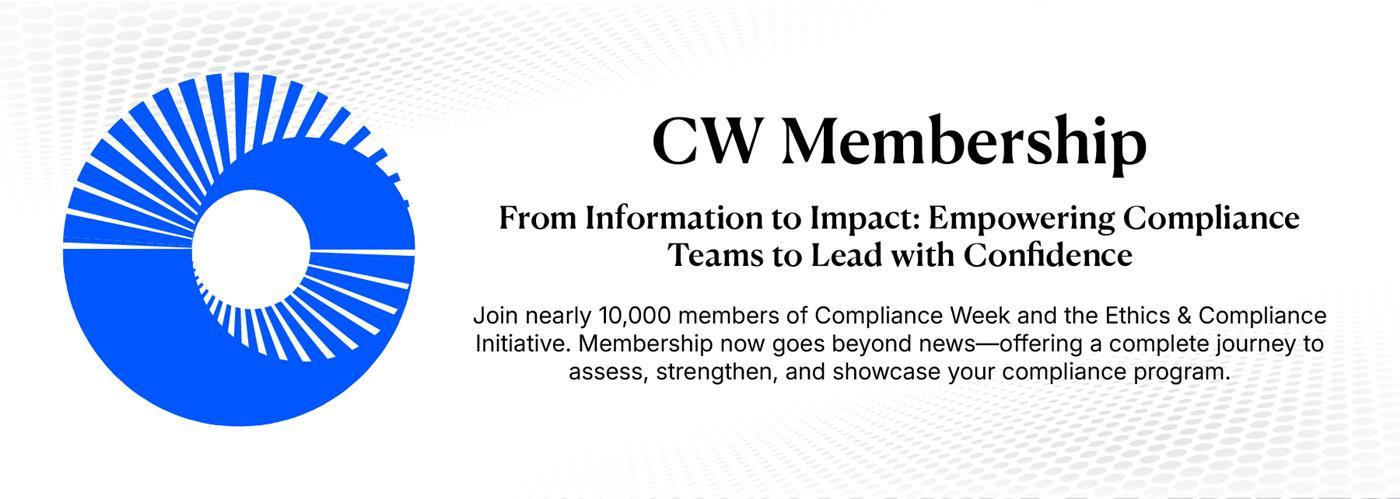Does ESG offer opportunity? Or is it just another area for compliance friction?

Most of us would agree compliance and ethics has such an overwhelmingly large scope—to prevent, detect, and deter all illegal and unethical organizational conduct—that expansion of the role is, well, risky. However, there are many proponents of adding environmental, social, and governance (ESG) to compliance’s duties.
ESG is a hot topic. It has rapidly expanded from solely a concern of publicly traded companies to a key global consideration.
Compliance Week’s “Inside the Mind of the CCO” survey asked participants whether their organizations would fund and resource a new function or expect ESG to be picked up by existing roles in the company. A slight majority of respondents (52 percent) said their organizations did not already have or intend to hire a separate sustainability lead.
THIS IS MEMBERS-ONLY CONTENT
You are not logged in and do not have access to members-only content.
If you are already a registered user or a member, SIGN IN now.













